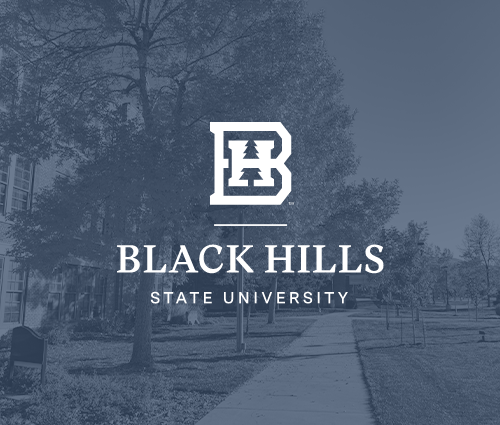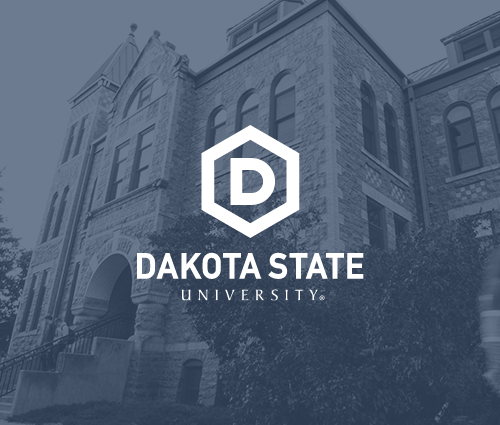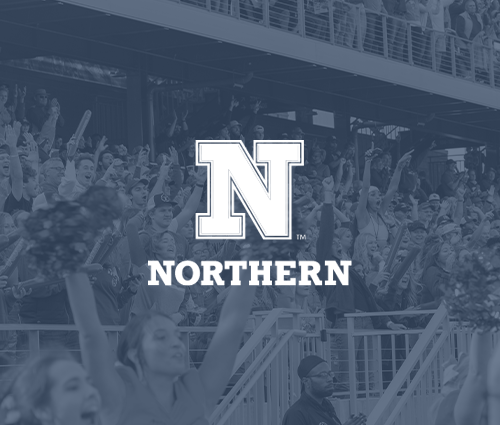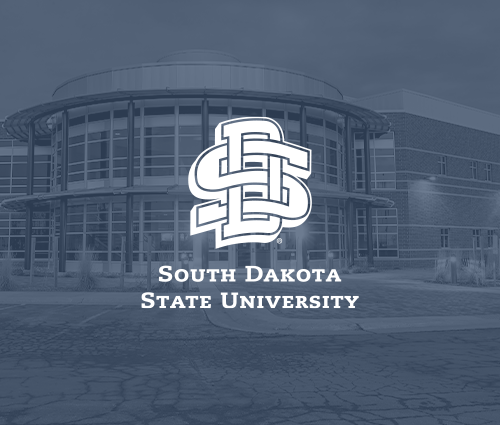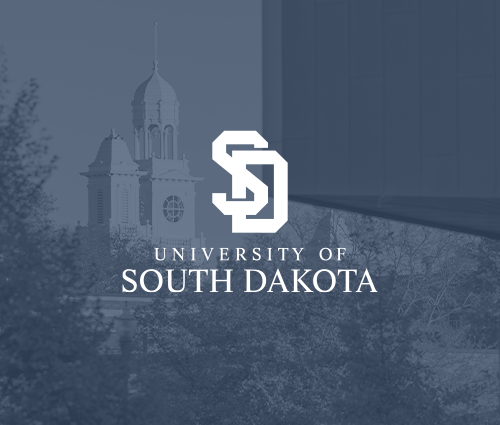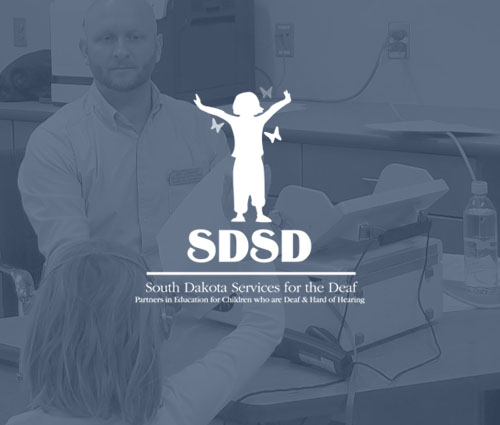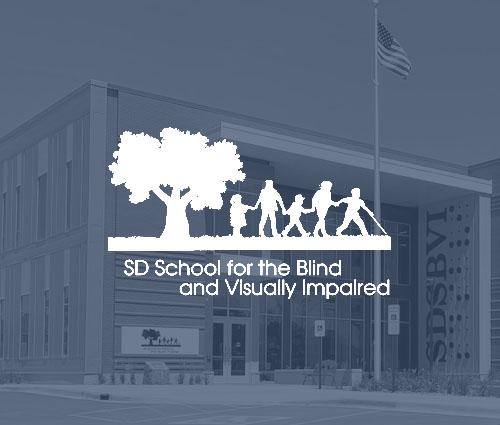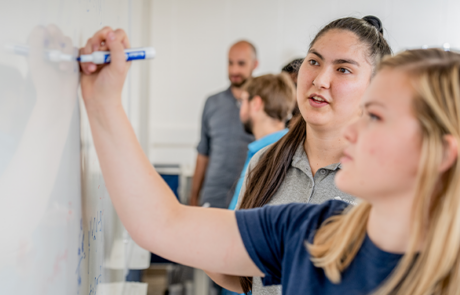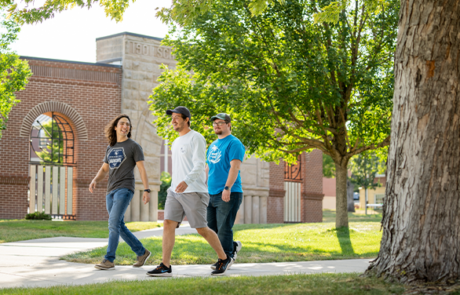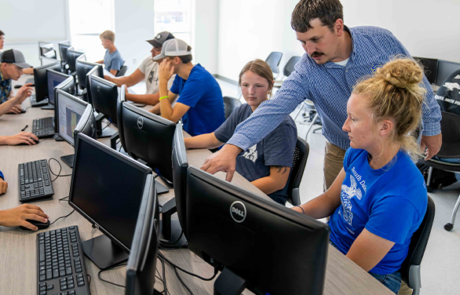
Learning Drives Us Forward
Before We Lead, We Learn
At the South Dakota Board of Regents, our job is to advance the state of South Dakota through teaching, research, and a dedication to service. Our system is made up of eight institutions, including six public universities and two schools serving special K-12 populations: the deaf and the visually impaired.
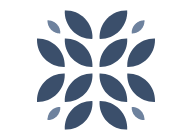
Choose Your School
Not only do our universities help shape the state’s economy, but they also help shape its future by developing the next generation of South Dakota’s leaders. If you have a career goal—whether it be in agriculture, business, cyber security, health science, law, or engineering—a state university has a program to get you there.
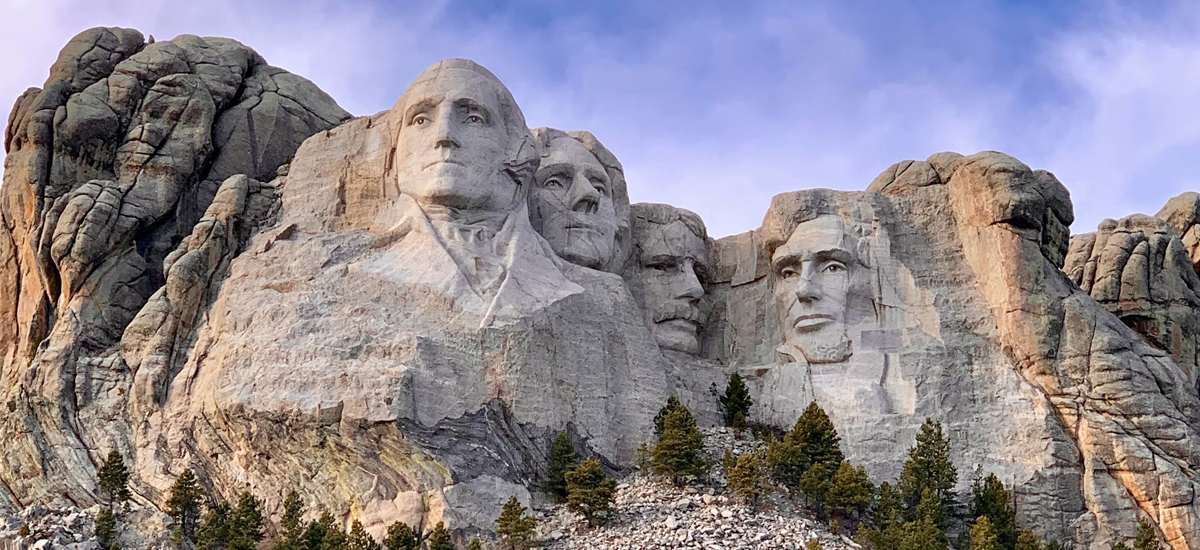
Your Journey Starts Here.
The freedom offered by South Dakota’s public universities goes far beyond academics.
It’s about more than just hitting the books – it’s about the freedom to grow, explore new horizons, and embrace opportunities that may not have been possible anywhere else. In South Dakota, students have the autonomy to shape their own futures. Take advantage of this opportunity to invest in your future without compromising on quality. When you choose South Dakota, you choose to embark on your life’s journey of academic excellence and financial independence.

